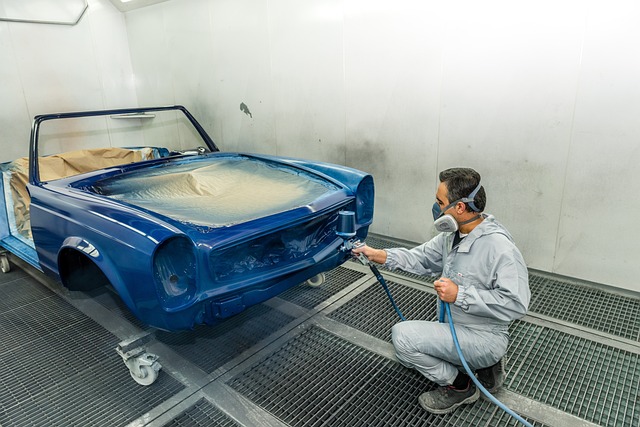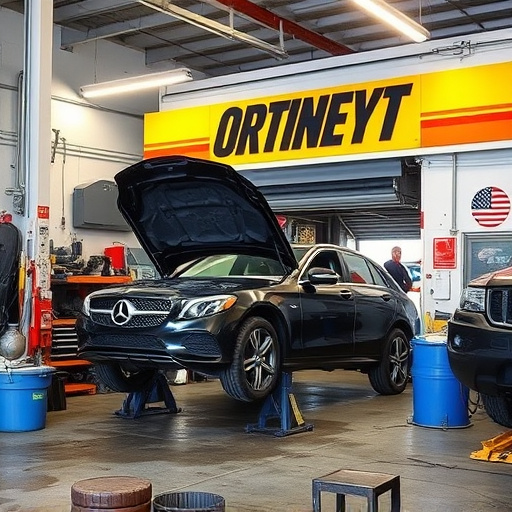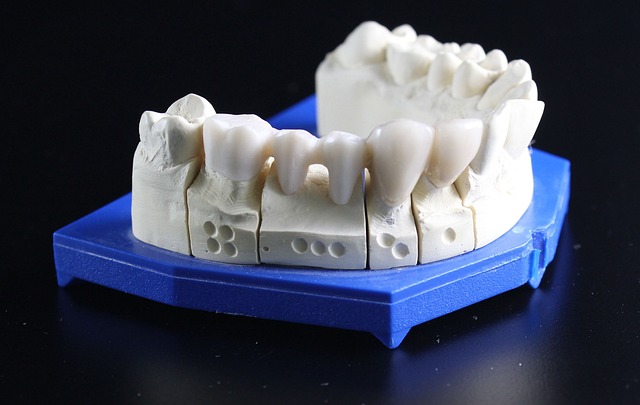A lifetime repair warranty is a powerful marketing tool for car manufacturers, offering peace of mind to auto enthusiasts by guaranteeing repairs or replacements for as long as the buyer owns the vehicle. Its success hinges on clear criteria definition, meticulous record-keeping, and transparent communication. Efficient claim management, utilizing advanced technologies, ensures customer satisfaction, fostering loyalty and brand reputation.
A lifetime repair warranty is more than just a marketing ploy; it’s a commitment to customer satisfaction and product longevity. This comprehensive guide delves into the intricacies of implementing and managing a successful lifetime repair warranty. From defining its scope and benefits to setting practical requirements and handling claims, we explore every step necessary to deliver exceptional service. Learn how to build trust, enhance brand reputation, and ensure customer loyalty through this powerful consumer protection measure.
- Understanding Lifetime Repair Warranty: Definition and Benefits
- Setting the Stage: Requirements for Implementing a Lifelong Guarantee
- From Purchase to Redemption: Handling Claims and Ensuring Customer Satisfaction
Understanding Lifetime Repair Warranty: Definition and Benefits

A lifetime repair warranty is a commitment made by manufacturers or service providers to ensure the longevity and quality of their products or services. It signifies that a company stands behind its work, offering free repairs or replacements for as long as the buyer owns the product. This type of warranty provides numerous benefits for consumers, especially when it comes to high-value items like cars.
For auto enthusiasts, understanding warranties is crucial, be it for a Mercedes Benz repair or routine car paint repair services. A lifetime warranty can offer peace of mind, assuring that any issues arising from manufacturing defects or normal wear and tear will be addressed without incurring significant costs. This benefit extends to the overall ownership experience, enhancing customer satisfaction and fostering loyalty towards brands that honor such guarantees.
Setting the Stage: Requirements for Implementing a Lifelong Guarantee

Setting the stage for a successful lifetime repair warranty involves establishing clear criteria and expectations from the outset. A vehicle body shop that aspires to offer such a guarantee must first define what constitutes acceptable wear and tear, as well as exceptional quality of workmanship. This includes meticulous record-keeping, utilizing only top-tier materials, and ensuring precise, meticulous repairs every time.
By setting these standards, the shop can confidently promise customers that their vehicle will be restored to pre-incident condition, and potentially beyond. Moreover, a transparent communication strategy is paramount; clearly articulating the warranty’s terms, conditions, and limitations fosters trust with clients, encouraging them to embrace this long-term commitment to their car’s upkeep and repair.
From Purchase to Redemption: Handling Claims and Ensuring Customer Satisfaction

Upon purchasing a product or service with a lifetime repair warranty, customers expect seamless handling of claims. This process begins from the moment a defect or damage is identified and culminates in its successful redemption. For businesses offering such warranties, efficient claim management is paramount to fostering customer satisfaction and building brand loyalty.
Streamlining communication channels, providing clear guidelines for submitting claims, and ensuring prompt response times are key strategies. Additionally, leveraging advanced technologies for auto body repair, like precision tools and techniques for car bodywork, can expedite the redemption process. Satisfied customers not only appreciate faster turnarounds but also view these efforts as evidence of a commitment to quality and customer-centric service.
A well-structured lifetime repair warranty not only boosts customer loyalty but also solidifies a brand’s reputation for quality. By understanding the definition, benefits, and implementing robust requirements, companies can seamlessly handle claims from purchase to redemption, ensuring customer satisfaction. This comprehensive approach fosters trust and encourages repeat business, ultimately driving success in any industry.














